Now in its third generation, the all-new Kia Ceed comes with a range of powertrains on offer, including Kia’s all-new ‘U3’ diesel engine.
Designed to go beyond the stricter limits laid down by the latest Euro 6d TEMP emissions standard, the new ‘U3’ 1.6-litre CRDi (common-rail direct injection) uses Selective Catalytic Reduction (SCR) active emissions control technology to significantly reduce emissions.
The new engine therefore produces less carbon dioxide, particulate matter and NOx compared to earlier Kia diesel engines.
Available with a choice of power outputs (115 and 136ps), the new 1.6-litre diesel produces 280 or 300 Nm torque in its lower state of tune when paired with manual or dual-clutch transmissions (DCT) respectively.
The 136ps version also produces 280 Nm when paired with a six-speed manual transmission, and 320 Nm with the seven-speed dual-clutch transmission.
The new engine emits less CO2 than others in the Ceed line-up. With a six-speed manual transmission, the 115 ps version emits just 101g/km (combined, WLTP, converted back to NEDC 2.0), or 99g/km with the ECO Pack.
Models fitted with a dual-clutch transmission produce 105g/km for the low-powered engine. Emissions for the higher-powered engine are as low as from 106g/km (104g/km with Eco ECO) for manual models, and 109g/km when paired with Kia’s dual-clutch transmission.
Petrol options include an updated version of Kia’s popular 1.0-litre T-GDi (Turbocharged Gasoline Direct injection) engine. The engine produces 120ps and 172 Nm torque, with emissions from 125g/km, or 122g/km with the optional ECO Pack (WLTP combined, converted back to NEDC 2.0). See ‘Technologies and Features’ for additional information on the ECO Pack.
A new ‘Kappa’ 1.4-litre T-GDi power unit replaces the earlier 1.6-litre GDI engine and produces 140ps, 4% more than its predecessor despite its lower displacement.
The engine’s turbocharger ensures a wider torque band than the earlier 1.6-litre engine, making it more responsive in a wider range of driving conditions – while also reducing emissions. 242 Nm torque is available from 1,500 to 3,200 rpm, with combined emissions (on the WLTP cycle converted back to NEDC 2.0) from 125g/km when fitted with the seven-speed dual-clutch transmission. Manual models emit 130g/km, or 128g/km with the ECO Pack.
Both 1.0- and 1.4-litre T-GDi engines are fitted with a petrol particulate filter to further reduce tailpipe emissions, ensuring the Ceed goes beyond the requirements of the Euro 6d TEMP standard.
A 100ps 1.4-litre MPi (multi-point injection) engine is also available, with 134 Nm torque. The 1.4-litre MPI emits 142g/km carbon dioxide on the combined cycle (WLTP converted back to NEDC 2.0), or 137g/km when equipped with the ECO Pack.
Every engine is paired with a six-speed manual transmission, while the new 1.4-litre T-GDi and 1.6-litre CRDi engines are available with Kia’s seven-speed dual-clutch transmission.
In 2019, the Ceed will also be available with Kia’s new ‘EcoDynamics+’ 48-volt mild-hybrid technology, to further reduce CO2 emissions.
The ‘EcoDynamics+’ powertrain supplements acceleration with power from a 48-volt battery, while a new Mild-Hybrid Starter-Generator unit extends engine ‘off time’ with a ‘Moving Stop & Start’ function.
Emilio Herrera, chief operating officer for Kia Motors Europe, said: “After more than a decade on sale, the Kia Ceed continues to underpin the brand’s consistent growth across Europe.
“Like its predecessors, the new model has been designed and engineered exclusively for European buyers, fine-tuned thanks to the feedback from a growing Kia customer base.”
He continued: “Advanced new technologies make the Ceed more comfortable, convenient to use and safe. Meanwhile, a range of new engines and European-tuned ride and handling will make it more enjoyable and engaging to drive. And Kia’s unique seven-year warranty provides unrivalled reassurance to customers about the quality of their new vehicle.”
The Ceed five-door hatchback and Ceed Sportswagon goes on sale in the UK on August 1, with pricing starting from £18,295.
Constructed on Kia’s new ‘K2’ platform, the Ceed five-door hatchback is 20mm wider (1,800mm) and 23mm lower (1,447mm) than the outgoing model. Its wheelbase remains the same at 2,650mm, with the front overhang shortened by 20mm (to 880mm), and rear overhang extended by 20mm (now 780mm).
Sharing near-identical dimensions to the five-door hatchback, the Ceed Sportswagon features a longer cargo area and rear overhang.
Extending the straight lines of the bodywork, and capped with a subtle tailgate spoiler, the Ceed Sportswagon joins its five-door hatchback sibling in presenting a stable, sporty aesthetic.
The rear overhang is extended by 115mm (now 1,070mm) compared to the outgoing model. At 4,600mm in overall length – 95mm longer than its predecessor – the new model offers significantly more cargo space.
From launch, the Ceed range will be available in a choice of 11 paint finishes. A selection of wheels and designs are available, with buyers able to choose from 15-inch steel wheels, 16-inch steel or aluminium wheels, and 17-inch two-tone diamond-cut alloy wheels.

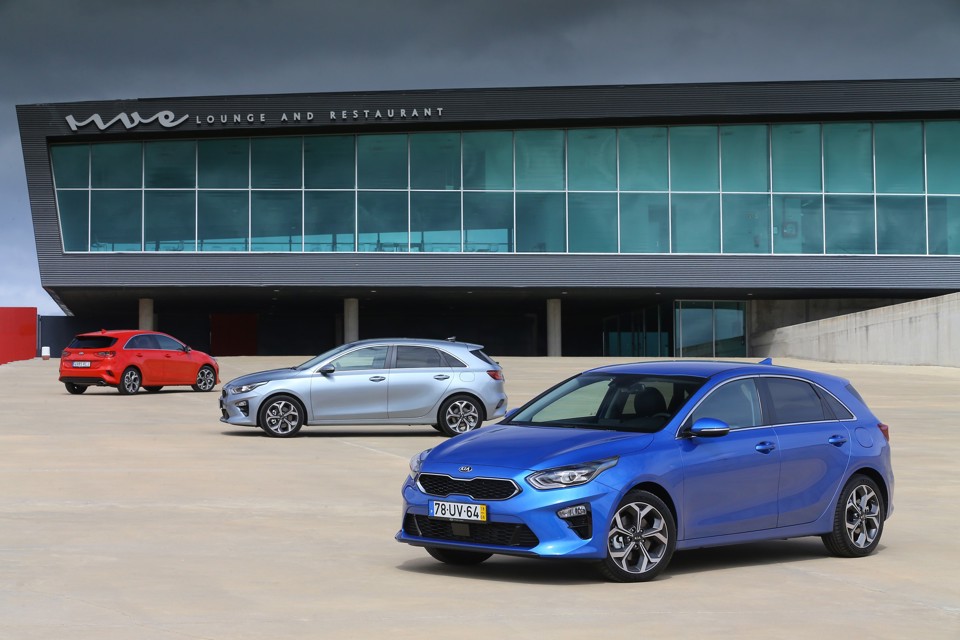

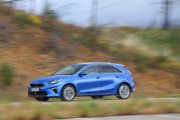
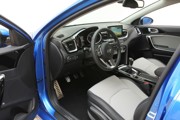


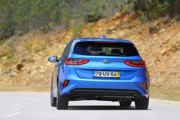




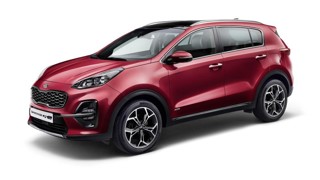
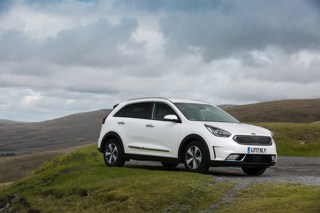
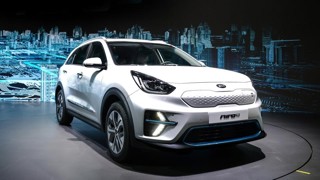
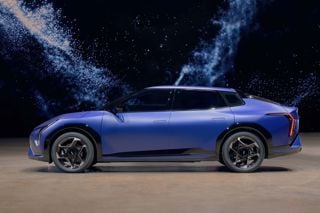













Login to comment
Comments
No comments have been made yet.